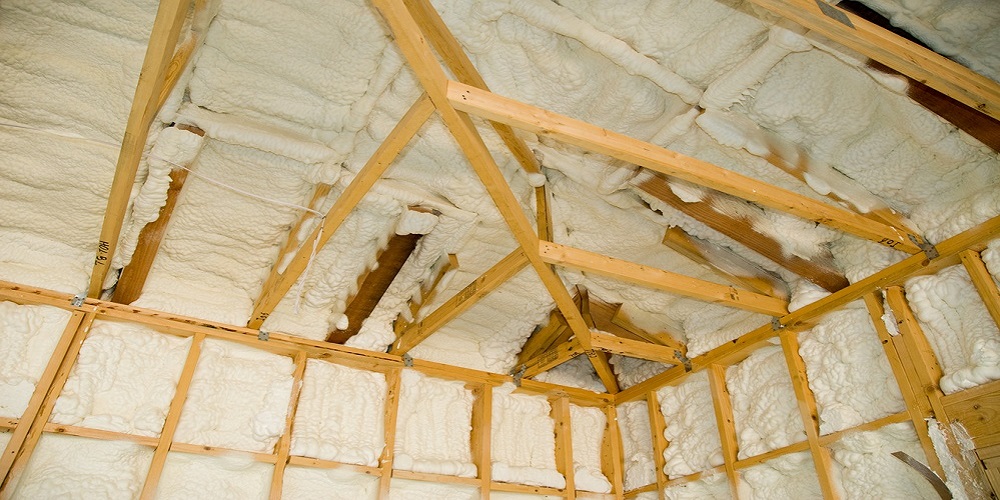When choosing insulation for your attic, select the material that caters to your insulation needs. The suitable attic insulation material can help you maintain the right temperature all year.
Spray foam and cellulose are two common insulation materials that can be used in the attic. Here is a comparison between the two to help you decide on one that works for you.

What is spray foam insulation, and how does it work?
Spray foam is made from two components Polyol resin together with Isocyanate. The two materials make spray foam that prevents heat and vapour from passing through. Within the spray foam is trapped air that prevents heat loss, making it an effective insulator.
Spray foam expands when sprayed into the insulation space. There are two types of spray foam: open-cell and closed-cell. Open-cell spray foams have open-air pockets but cannot effectively trap air pockets.
Closed-cell spray foams have closed air pockets and are denser than open-cell forms. They are also firmer than open-cell spray foams and provide heat and moisture insulation.
Advantages of spray foam installation
- Spray foams can reach up to tiny spaces between the woods to provide an excellent insulation
- It lasts longer compared to other insulation methods
- The closed cell form has heat insulation and prevents moisture from entering the attics.
- Spray foams maintain the heat and reduce the energy used to heat the house.
- They are rated among the best insulating materials in the industry
- It does not catch fire easily
Disadvantages of spray foams
- Spray foams take longer to dry and can cause discomfort when wet because of the smell of the chemicals.
- They are costly because of the materials used to make them.
Cellulose insulators
It is made from tiny particles of 80% paper fibres with 20% boric acid blown to the right thickness. When the cellulose is installed to the right consistency, it prevents heat loss. It is also treated to prevent pests from staying in the corners of your attic.
Blowing the cellulose ensures that the product fills the spaces in the attic to prevent heat loss.
Advantages of cellulose
- The fibre is treated to ensure it sticks together, making it heavy. This provides highly efficient insulation from losing heat to the outside of the walls.
- It is an environment-friendly insulating option.
- It is dense and also prevents noise from escaping the room.
- It is pest resistant
- It is not susceptible to mold during humid and cold seasons
- It does not catch fire easily
- It cuts energy bills by half.
Disadvantages
- It has a strong smell when newly installed
- It can be dusty during installation
- If not installed well, it can compress with time due to gravity leaving spaces for heat loss
- It requires professional installation because it needs special blowing equipment for proper installation.
Conclusion
The best insulation material depends on your insulation needs. You should also consider your budget and the durability of each material. Using the points highlighted, weigh each material’s strengths and weaknesses before selecting a suitable one.
